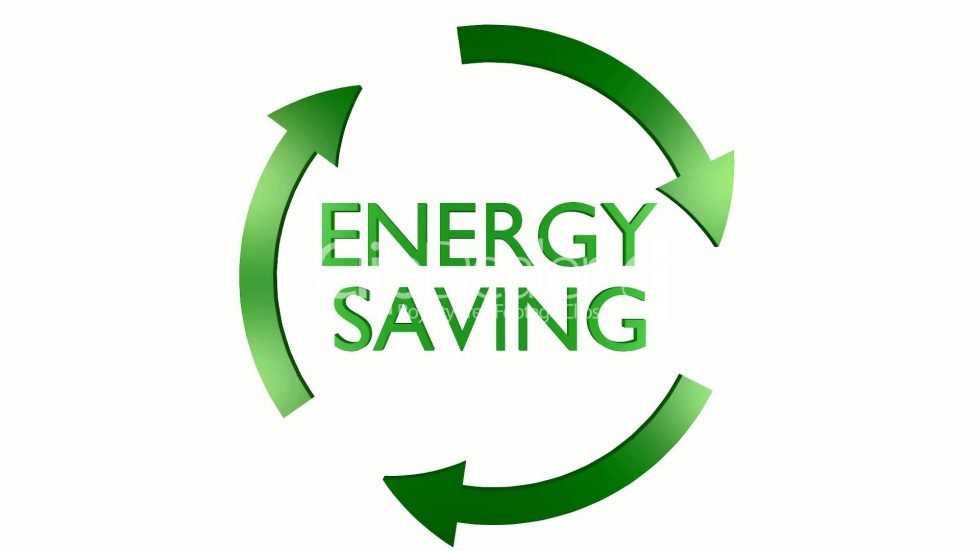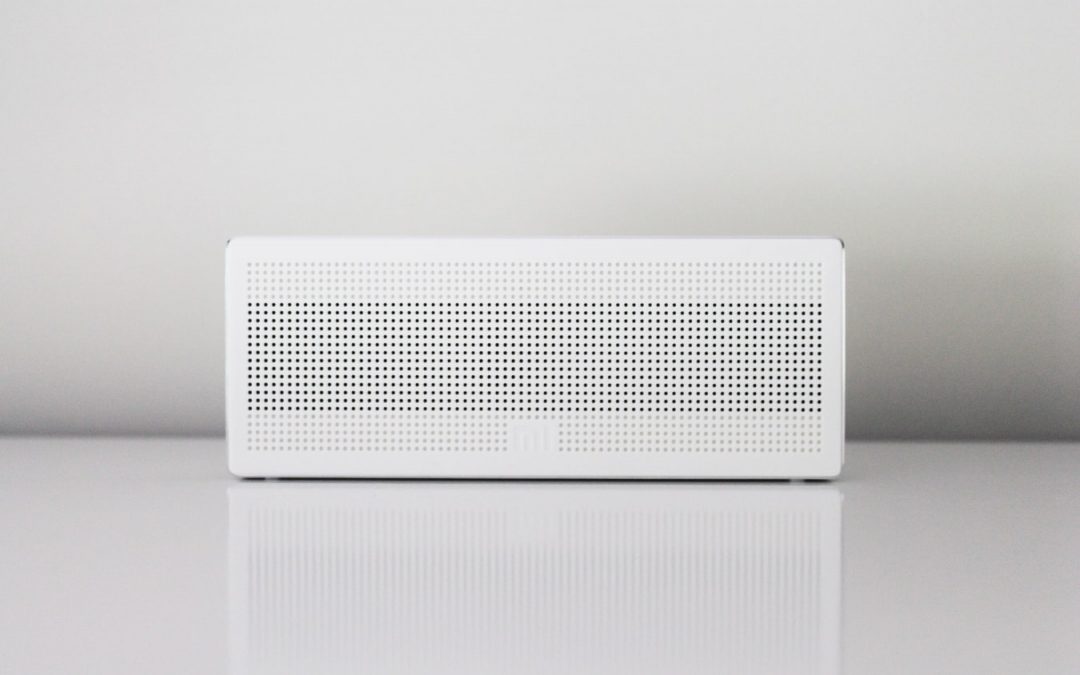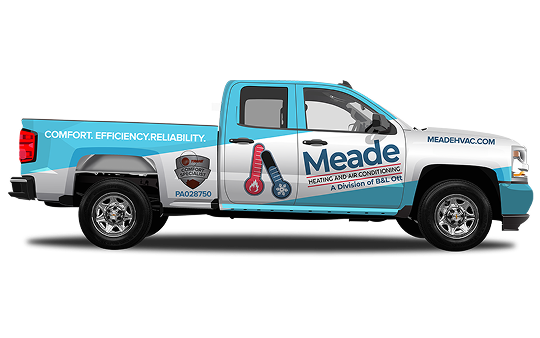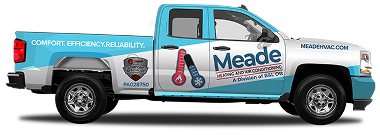Understanding SEER Ratings and How They Affect HVAC Efficiency

When it comes to keeping our Chester County homes comfortable year-round, few systems play as pivotal a role as our HVAC systems. These systems not only influence our indoor climate but also impact our energy bills. One crucial aspect that directly affects the efficiency of HVAC systems is their SEER rating.
SEER, or Seasonal Energy Efficiency Ratio, is a metric that measures the cooling efficiency of air conditioners and heat pumps. Understanding SEER ratings is essential for Chester Springs homeowners looking to make informed decisions about their HVAC systems, from purchasing new units to optimizing existing ones. While this blog has plenty of useful information about SEER ratings, a Meade HVAC professional is happy to help you choose the best SEER rating for your situation as well as answer any questions you may have.
What Is SEER Rating?
SEER rating is a crucial metric that measures the cooling efficiency of HVAC systems. It’s not just a random number; it holds the key to determining how efficiently your system operates. The SEER rating can also clue you into how a particular system can impact your energy usage as well as your energy bills.
How Is SEER Rating Calculated?
Calculating the SEER rating involves a comprehensive evaluation of an air conditioner or heat pump’s cooling efficiency. The process begins by measuring the system’s cooling output (in British Thermal Units or BTUs) over a defined period, typically a cooling season. This cooling output is then divided by the energy input (in watt-hours) during the same period. The result is the system’s average cooling efficiency throughout the season.
However, it doesn’t stop there. The SEER rating takes into account varying outdoor temperatures, simulating real-world conditions by using a range of temperatures representative of a typical year. This weighted average ensures that the SEER rating reflects the system’s performance across different climate scenarios, offering a more accurate assessment of its overall efficiency. The SEER rating is a reliable measure of how effectively an HVAC system can keep you cool while consuming the least amount of energy possible. This helps you make informed and cost-effective choices for your Chester Springs home.
The Role of SEER Ratings in HVAC Efficiency
The SEER rating plays a significant role in determining the energy consumption of your HVAC system. A higher SEER rating signifies greater efficiency, meaning that the system can deliver the same amount of cooling while using less energy. In practical terms, this translates to lower energy bills.
When you choose a system with a higher SEER rating, you’re not only making an environmentally responsible choice by reducing your carbon footprint, but you’re also saving money in the long run. Conversely, a lower SEER-rated system may initially cost less but could end up costing you more in energy expenses over time.
Understanding the impact of SEER ratings on energy consumption empowers homeowners to make informed decisions. It helps you strike a balance between comfort, cost-effectiveness, and environmental consciousness. If you need help determining what system and SEER Rating would work best for your unique situation, call on the professionals at Meade HVAC in Chester Springs.
Factors That Influence SEER Ratings
Many factors influence SEER Ratings. Meade HVAC is here to help you understand them all.
Equipment Age and Technology Advancements
The SEER rating of an HVAC system is not solely determined by the equipment itself; it is also influenced by factors such as the system’s age and the advancements in technology. Older systems, especially those manufactured before the implementation of more stringent energy efficiency standards, often have lower SEER ratings. These older units tend to be less efficient and consume more energy to provide the same level of cooling as newer models.
Modern technological advancements have led to the development of more energy-efficient components and designs in HVAC systems, resulting in higher SEER ratings. This technological progress allows for improved performance, better insulation, and more precise temperature control, ultimately contributing to increased energy efficiency.
The Size and Capacity of HVAC Systems
The size and capacity of HVAC systems are pivotal factors that influence SEER ratings. An HVAC system’s size should be appropriately matched to the specific cooling demands of the space it serves. An undersized unit will struggle to cool adequately, leading to increased energy consumption and lower SEER ratings. Conversely, an oversized system might short-cycle, leading to inefficiencies and, again, suboptimal SEER performance.
Proper sizing of the system is essential for achieving an efficient SEER rating, as it ensures the system operates at its peak capacity without wasting energy. The capacity of the system, or its ability to remove heat from the indoor environment, must be in harmony with the cooling requirements to maximize efficiency and maintain a high SEER rating. If you need assistance ensuring that your HVAC system is properly sized, call on the experts at Meade HVAC.
Climate and Geographic Location
Climate and geographic location are critical factors influencing SEER ratings in HVAC systems. These factors significantly impact an air conditioner or heat pump’s performance. In regions with hot and humid climates, where cooling demands are high, a system with a higher SEER rating is crucial to maintain energy efficiency.
Conversely, in cooler climates, the cooling season may be shorter, making SEER ratings less of a priority. Geographic location also determines the temperature extremes an HVAC system will face. Systems designed for areas with extremely high or low temperatures may require specific features to maintain efficiency.
Maintenance and Proper Installation
Maintenance and proper installation are often underestimated factors that significantly influence SEER ratings in HVAC systems. A well-maintained system operates more efficiently, ensuring it maintains its SEER rating over time. On the other hand, neglecting maintenance can lead to dust and debris accumulation, reduced airflow, and wear and tear on components. All of these factors diminish efficiency and lower SEER ratings.
Equally important is the installation process. A properly installed HVAC system ensures that it operates at its maximum efficiency from day one. Poor installation, with issues such as improperly sized ductwork or incorrect refrigerant levels, can hinder the system’s performance and, consequently, its SEER rating. By investing in regular maintenance and ensuring a correct installation, homeowners can not only extend the life of their HVAC systems but also optimize their energy efficiency and maintain the expected SEER ratings. Call on the Meade HVAC experts to ensure that your system is installed properly.
Understanding SEER Labeling
The SEER label on HVAC units is a vital piece of information that allows consumers to assess the energy efficiency of different air conditioning and heat pump systems. SEER represents the cooling efficiency of the equipment. On the label, you will find a numerical value, typically ranging from 13 to 25 or more. The higher the SEER rating, the more energy-efficient the system is. When comparing SEER labels, it’s essential to understand that a higher SEER rating implies lower energy consumption and, therefore, reduces operating costs.
To interpret and compare SEER labels effectively, consider your specific cooling needs and climate. A higher SEER-rated unit may have a higher initial cost, but it can result in substantial long-term energy savings, making it a wise investment in regions with hot summers. Additionally, comparing SEER ratings when shopping for HVAC systems allows you to make an informed choice that balances energy efficiency, budget, and environmental concerns. This also ensures that you select the most suitable system for your Chester County home.
Benefits of High SEER Ratings
High SEER ratings offer a range of compelling benefits for Chester County homeowners. Meade HVAC clients who choose a higher SEER Rating often notice benefits such as:
Lower Energy Bills – Air conditioners and heat pumps with high SEER ratings are incredibly efficient, meaning they use less energy to achieve the same level of cooling. This translates to substantial savings on monthly energy costs, making it a smart long-term investment.
Reduced Carbon Footprint – With their lower energy consumption, they release fewer greenhouse gases, aligning with your environmental sustainability goals.
Improved Indoor Comfort – High SEER units often come equipped with advanced features that provide more consistent temperature control, better humidity management, and quieter operation. This creates a more pleasant living environment for you and your Chester Springs family.
Eligible for Various Rebates and Incentives – There are some rebates and incentives offered by energy companies or government programs, that can further offset the upfront costs and bolster the overall cost-effectiveness of upgrading your HVAC system.
In summary, high SEER ratings provide a well-rounded package, making them an attractive choice for those seeking energy-efficient and eco-friendly HVAC solutions.
Choosing the Right SEER Rating
Choosing the right SEER rating for your HVAC system is a pivotal decision that can greatly impact your home’s comfort, energy efficiency, and budget. The ideal SEER rating depends on factors such as your local climate, budget constraints, and long-term energy-saving goals. In hot and humid climates, where air conditioning is frequently used, a higher SEER rating is generally recommended to maximize energy efficiency and reduce cooling costs. However, in milder climates or if you don’t plan to stay in your current home for an extended period, a lower SEER system might be more cost-effective upfront.
It’s crucial to strike a balance that aligns with your specific needs and values, as well as the size and requirements of your space. Assessing your priorities, understanding the local climate, and consulting with Meade HVAC professionals can guide you in choosing the right SEER rating.
SEER Rating Regulations and Standards
SEER rating regulations and standards play a crucial role in advancing energy efficiency in the HVAC industry. These standards are typically set by government agencies, such as the U.S. Department of Energy (DOE) in the United States, to establish minimum efficiency requirements for air conditioning and heat pump systems. They are periodically updated to encourage manufacturers to develop more energy-efficient equipment.
These regulations not only help reduce energy consumption and lower greenhouse gas emissions but also promote innovation in the HVAC sector. For consumers, these standards provide assurance that the equipment they purchase meets certain efficiency criteria, helping them make informed decisions about their heating and cooling systems. Staying informed about SEER rating regulations and standards is essential when considering HVAC upgrades, as it ensures that your investment aligns with the latest energy efficiency guidelines and environmental goals.
Improving HVAC Efficiency Beyond SEER Ratings
While SEER ratings are a fundamental measure of HVAC efficiency, there are additional strategies and measures to enhance your heating and cooling system’s performance and energy efficiency. Regular maintenance, such as cleaning or replacing air filters, and ensuring proper insulation and sealing of your home play a vital role in optimizing efficiency.
Additionally, the use of programmable thermostats, smart technology, and home zoning systems allows for better temperature control and reduced energy waste. Implementing these measures, as well as periodic professional maintenance from Meade HVAC, can help your system operate at peak efficiency, lower your energy bills, and reduce your overall environmental footprint. Then you can achieve your goal of making your home not only more comfortable but also more cost-effective and eco-friendly.
Have Questions About SEER Ratings? Call On the Professionals at Meade HVAC
Understanding SEER ratings and their influence on HVAC efficiency is pivotal for homeowners seeking both comfort and cost savings. These ratings provide valuable insight into the energy efficiency of air conditioning and heat pump systems, helping us make informed decisions about our home’s climate control. A higher SEER rating can lead to lower energy bills, reduced carbon footprint, improved indoor comfort, and potential financial incentives.
Choosing the right SEER rating depends on various factors, such as local climate, budget, and long-term goals. Beyond SEER ratings, optimizing HVAC efficiency through maintenance, insulation, and modern technology can further enhance the performance of your system. By taking these factors into account, Chester County homeowners can enjoy a more comfortable and environmentally responsible living environment, all while keeping energy costs in check.






